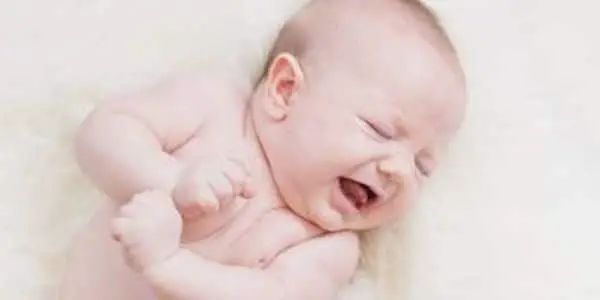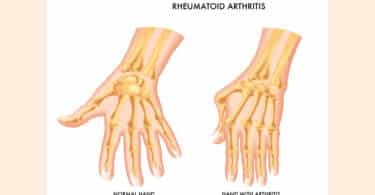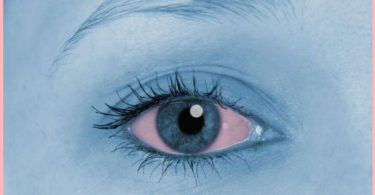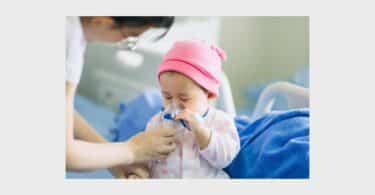In my quarters at Amlapuram, Andhra Pradesh, I received a call at 1 AM. It was a rural area where no NICU facilities were available. I was requested by the pediatrician to help stabilize a neonate who was in respiratory distress, with convulsions immediately after birth. This was a home delivery and the child and mother had just been through a difficult labour. A team of conventional medicine doctors and myself saw this child, 6 hours post delivery. The background of this case was that the mother was from a rural area with no homeopathic orientation.
Our first observations high light important concepts of case taking required in neonates. Since one cannot obtain a detailed history specific to the baby, the choice of remedy is based on ‘Observations’.
We could ascertain that these symptoms were due to the traumatic delivery. Along with this the child had difficulties with breathing and so the second causative modality was the Birth Asphyxia. The next step was to observe the convulsions. Obviously, there was no Aura that could be detected in such a small baby just born. The Ictal phase (while the convulsion was going on) presented the following:
The child was biting her lips and there was a twitching of the face with a distorted ex-pression. She rolled her head from side to side with tonic clonic convulsive movements of the extermities. Along with this her fist was tightly clenched. Post ictal, she seemed very exhausted and her pupils were dilated.
Clinical Examination:
General condition: Poor; Peripheral cyanosis
Heart rate: 160 / minute ; Heart sounds Normal
Respiratory Rate: 60/ minute; Conducted sounds and crepitation on auscultation.
CNS: Generalized tonic – colonic movements of upper and lower extremities ; facial distortion and frothing at mouth
Hyper tonic spasm of muscles
Plantar response – extensor
Investigations:
Serum Glucose : Normal
Serum Calcium : Normal
Analysis:
We begin the philosophical analysis of this case by understanding the pathological expression of the symptoms in terms of form, structure and time. Dr. Barvalia talked about this in the Pancreatitis Case last month.
We see here that the ailments from birth trauma and asphyxia resulted in the expression of convulsion with distortion of the face. The case was slowly progressing into a form of Status Epilepticus. The pathology here was that of cerebral edema and cerebral irritation. All this developed rapidly over a time period of hours following birth. The totality consists of not just superficial expression of symptoms. One needs to go beyond the symptoms to understand the genesis of symptoms and understand the structure primarily affected to form the True Totality.
This means that one has to make accurate clinico-pathological correlations, and strike a similarity at the level of structure and alterations in the structure, while also understanding the time and pace of the disease process in evolution.
The homeopathic totality in this child’s case was:
- Ailments from: Cerebral Concussion
- Facial distortion
- Pupils dilated
- Head turning sides
- Prostration
These characteristics indicated CICUTA as the remedy. The remedies that came up for differential diagnosis were Arnica , Hypericum and Cuprum Met. Although the cause was common to all the above remedies, the pathogenesis differed:
– Arnica predominantly expresses through haemorrhage
– Hypericum primarily expresses through hypersensitivity
– Cuprum through spasms
– Cicuta primarily has oedema and irritation with the characteristics of facial distortion , dialated pupils and head turning to one side.
Susceptibility Assessment
Pace of disease : Rapid
Pathology : Acute Oedma of brain
Vitality: Compromised
Characteristic : Present
Correspondence: Adequate
This assessment allows us to realise that the potency required is high, to ‘satisfy’ the high susceptibility of the child. Also since the progress was so rapid, the frequency of dosage had to match the pace and should be repeated between 1 to 4 hourly.
Ancillary Measures:
Such cases require hospital management. So it is important for the homeopath to understand and be trained in the supportive measures required along with the homeopathic remedy to manage such situations. Those that were vital to the management of this neonate were:
Continuous Oxygen
Radiant warmer
Intermittent Naso – Oral Suction
Naso gastric Intubations
Intravenous fluids
Follow Up:
CHILD RELAXED immediately after the dose.
1st hr. : Convulsions reduced in freqency
2nd hr. : Convulsions better 50%
5th hr : Convulsions better 75%
Only facial twitching, Child appeared PEACEFUL
8th hr. : Convulsions – NIL
24th hr. : CHILD ACTIVE
The quality of improvement was good enough to put the child to the breast within 24 hrs. The child was with the mother 24 hrs following delivery which helped mother and child bond. The Pediatrician supervised the case with open mind and acknowledged the improvement. He also guided in controlling the ancillary measures.
Click here to view a powerpoint presentation of this case.
Conclusion:
Here we can see the completely efficient management of a neonatal child with homeopathy as the only therapeutic modality. This was well supported with ancillary measures that are easily available in a hospital setting. The Pediatric MD supported our case management by his expert evaluation of the case progress and improvement with the homeopathic remedy.
Long term evaluation and management of this child would only require constitutional treatment. The possible long-term brain damage was contained and cured within 24 hours, quite a feat considering that this child may not have survived at all!
Dr. Navin Pawaskar, BHMS
Assistant Director – Clinical Services and In-Charge Emmergency Servicies at
Dr. M.L. Dhawle Memorial Trust’s Rural Homeopathic Hospital,
Opp S.T. Workshop
Palghar – Boisar Road, Palghar 401 404
Maharashtra, India
PH: (02525) 256932, 256933







Sir,
my daughter is now 8 years old. at the time of her birth she suffered from Convulsion due to forced delivery… thereafter everything was quite ok…. but nowadays we are feeling that her memory is weaker than any other normal child.. concentration is also low… she is shy… not daring…. what can be done for her betterment …. please guide…
thanking you..
waiting for your mail
Agradesco mucho la enseñanza de estos casos que nos prepara para la intervencion de la homeopatia en los hospitales.
Gracias.
The case working is excellent. Keep it up
Llaitha